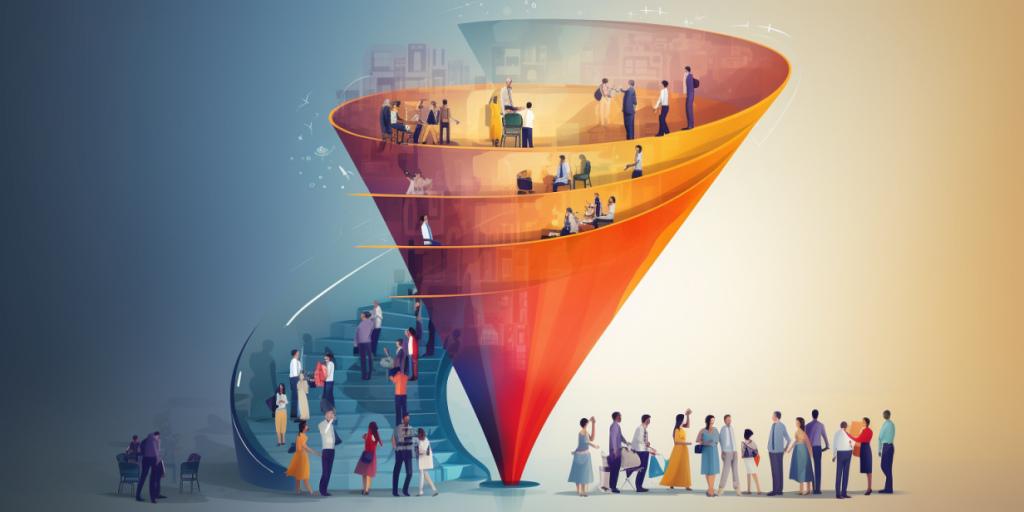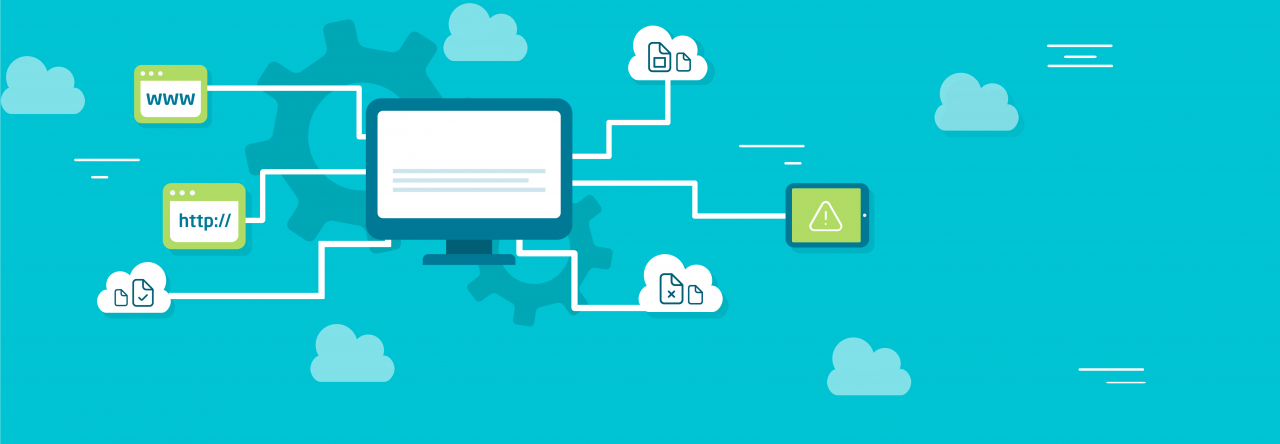
A sales funnel is a key tool in your marketing strategy that helps increase conversion rates on your website. This system of stages and actions helps improve sales efficiency and provides a positive user experience. In this article, we will take a closer look at how to build a sales funnel and the essential steps for creating one.
What Is a Sales Funnel?
A sales funnel is a model representing the sequence of stages that a potential customer goes through from their initial contact with your brand to the actual purchase of your product or service. This model allows you to track and optimize each of the stages to increase conversion.
Key Stages of a Sales Funnel
Depending on your business type and the product or service you offer, a sales funnel may have different stages of interaction with customers. However, some key stages include:
1. Awareness.
At this stage, potential customers become aware of your brand, product, or service through various channels like advertising, social media, website content, etc.
2. Interest.
Once users are aware of your brand, they may develop an interest in your offering. Providing them with more information and enticing them to take further action is crucial at this stage.
3. Desire.
When users express interest, it’s essential to strengthen their desire to obtain your product or service. This can be achieved by highlighting the benefits and showcasing positive customer feedback.
4. Action.
The final stage is the actual purchase. A well-constructed sales funnel should convert the desire of the customer into action, persuading them to make a purchase.
Why Do You Need a Sales Funnel?
A sales funnel helps you understand where users lose interest or exit the process. It allows you to:
- Gain better insights into your audience.
- Optimize the sales process.
- Increase conversion rates.
Types of Sales Funnels
There are several types of sales funnels, depending on your purpose and business model:
- Direct Sales Funnel. This is a typical funnel used for selling products or services directly through a website.
- Reverse Sales Funnel. Used for post-purchase customer support and retention, ensuring customer satisfaction and loyalty.
- Multi-Channel Sales Funnel. Applicable when users interact with your brand through various channels such as your website, social media, email, etc.
How to Build a Sales Funnel on Your Website
1. Define Goals and Success Metrics.
Start by clearly defining what you want to achieve with your sales funnel and what success looks like. Set measurable metrics to track your progress.
2. Understand Your Target Audience.
Thoroughly research and understand your target audience— their needs, desires, problems, and how they respond to your content and offers.
3. Create Compelling Content.
Develop content that aligns with your audience’s needs and interests. This can include blogs, videos, infographics, eBooks, and more.
4. Build Landing Pages and Sales Pages.
Design dedicated landing pages and sales pages for each stage of the funnel. These pages should be optimized to convert visitors into leads and customers.
5. Collect Contact Information.
Use forms and lead magnets to gather contact information from your visitors. This is crucial for future communication.
6. Implement Email Marketing.
Set up email marketing campaigns to nurture leads and guide them through the funnel. Provide valuable content and offers to move them closer to a purchase.
7. Track and Analyze.
Use analytics tools like Google Analytics to track the performance of your sales funnel. Identify bottlenecks and areas that need improvement.
8. Optimize and Test.
Continuously optimize your funnel based on data and conduct A/B tests to find the most effective strategies.
9. Provide Post-Purchase Support.
Don’t forget about customers after their purchase. Offer support, gather feedback, and encourage repeat business.
10. Monitor and Adapt.
Keep an eye on market trends and adjust your strategy accordingly. A sales funnel is not static; it should evolve with changing conditions.
So, a sales funnel is a powerful tool for growing your business, and building it on your website can increase conversion rates and lead to greater success. Initially, this may seem like a challenging task, but with proper planning and implementation, you can take your business to a new level.

Leave a Reply